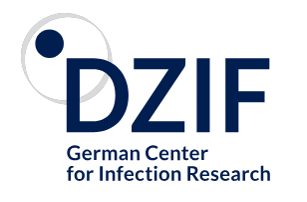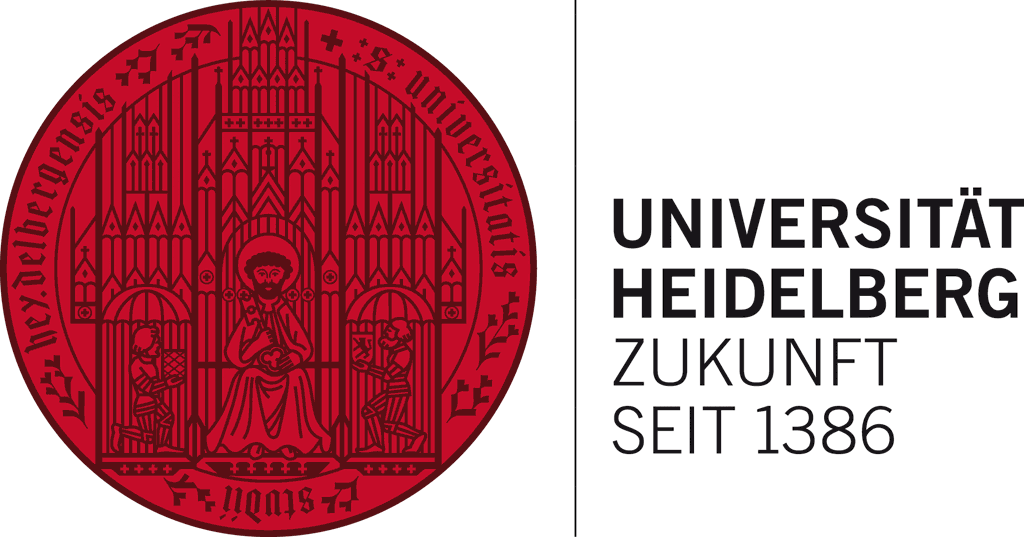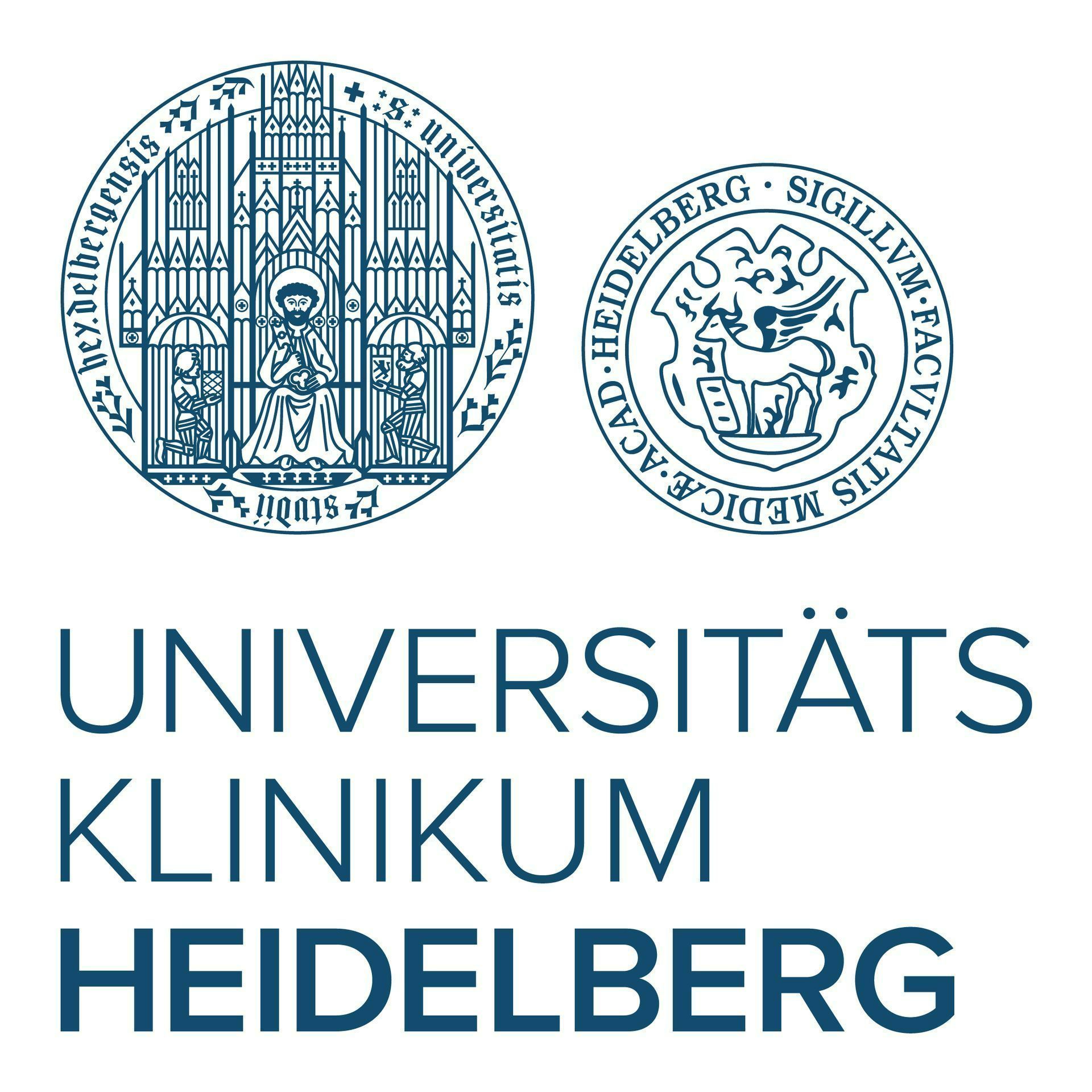TTU 04.710
"Imaging platform for HIV research under appropriate biosafety conditions"
Short Summary
Germany’s HIV research has suffered from a lack of integration between basic science and clinical research. Overcoming this gap has been an explicit aim of DZIF. One reason for this weakness has been the lack of dedicated infrastructure measures that specifically address the gap. In particular, comprehensive imaging infrastructure that allows analysis of pathogen behavior in close-to-physiological model systems under appropriate biosafety conditions is not available in Germany. During the last funding period we have established a unique imaging infrastructure under BSL2/BSL3 biosafety conditions (Infectious Diseases Imaging Platform, IDIP, https://www.idip-heidelberg.org/) that allows analysis of pathogen behavior in complex model systems and in vivo models. This enables shifting infectious diseases research towards close-to-physiological and therefore more relevant models systems. Which, in turn, will yield results with higher predictive value for estimating pathogenicity or pathogen control in the infected host and therefore have higher translation potential. Translation-oriented research as conducted by the DZIF will clearly benefit from such infrastructure measure, as it can facilitate and fasten the process from bench to beside and effectively close the gap between basic science and clinical research. In addition, on-demand and annual workshop-based training program has been organized making IDIP an important knowledge dissemination hub. Developed infrastructure needs to be sustained and extended with latest technical innovations in order to further help in establishing workflows from preclinical infectious diseases research to clinical practice as well as to enable microscopy-based, screening approaches to identify new molecules with potential therapeutic effects or new therapy targets in relevant model systems. IDIP operates as a central imaging platform under enhanced biosafety conditions for other TTUs besides the TTU HIV.
Highlights
- Comprehensive imaging infrastructure that allows analysis of pathogen behavior in close-to-physiological model systems under BSL2 and 3 conditions as well as enable microscopy-based screening approaches to identify new molecules with potential therapeutic effects or new therapy targets in relevant model systems
- The only place in Germany and one of the few in the world where intra-vital imaging in mice and selective plane illumination microscopy for advanced 3D model systems are available under the BSL3 containment
- Hardware and software infrastructure to determine the position of the HIV integration site in the 3D nuclear landscape
- Development of microscopy-based assays and procedures used in infectious disease research, drug screening and diagnostics
- Close interaction with TTUs Hepatitis, Emerging Infections and Malaria to further develop hardware and software infrastructure in IDIP to tackle translational projects relevant in other TTUs




